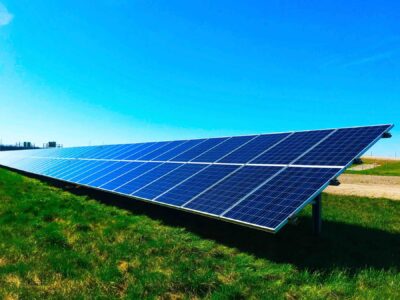S&P Global Sustainable1 has launched physical risk ratings and their financial impact on over 20,000 companies worldwide. The goal is to help clients, investors, governments, and other stakeholders evaluate the physical risk of climate change on these companies and the assets they own.
The Physical Risk Exposure Scores and Financial Impact dataset also provides climate exposure risks of over 870,000 asset locations. The climate risks include eight hazards: extreme heat, extreme cold, wildfires, water stress, drought, coastal and fluvial floods, as well as tropical cyclones.
The global ratings and analytics firm S&P Global is using the latest available climate models and proprietary methods to produce the scores. The scenario projections also include five additional time periods: averages for every decade from 2020 to 2090.
“In 2022, many countries have experienced unprecedented weather conditions, including heat waves in the UK, wildfires in the US, and record temperatures in China,” said Steve Bullock, managing director and global head of ESG innovation and solutions at S&P Global Sustainable1. “Against this backdrop, this new dataset uses the best available climate models and integrates a new climate change hazard, drought, to ensure market participants have access to high-quality data and evidence-based insights as they seek to understand and adapt to their exposure to the physical risks of climate change.”
Sustainable1 is S&P Global’s ESG arm that provides sustainability intelligence, products, and solutions to financial institutions, companies, and governments to help them transition to carbon net-zero goals.
The physical ratings, applied to the S&P Global 1200, showed that 92% of the world’s largest firms own at least one asset with high exposure (a score greater than 75 out of 100) to a physical hazard due to climate change by the 2050s.
By the 2090s, that number would rise to 98%. This means that almost every company would have at least one asset exposed to a physical hazard resulting from climate change under a business-as-usual scenario.
It also found that over 70% of the utilities, energy, and materials companies have an asset whose value would be impacted by at least 20% due to a physical hazard in a business-as-usual scenario. And over a third of the world’s largest firms would lose 20% of the value of at least one asset by 2050 if they were hit by physical climate risk. By the 2090s, the number of companies impacted this way would rise to 48%.
However, this percentage could be reduced to 39% by the 2090s if companies strictly adhere to emissions controls that limit temperature rises to 2 degrees Celsius or less.
“This new dataset is a huge step forward as it enables market participants to access financial impact metrics, reflecting the projected future financial costs of changing hazard exposure for 20,000 companies, down to the rooftop level,” said James McMahon, CEO of The Climate Service, an S&P Global company. “In simple terms, this dataset allows companies and investors to understand their climate risks – and, vitally, what they could cost.”





